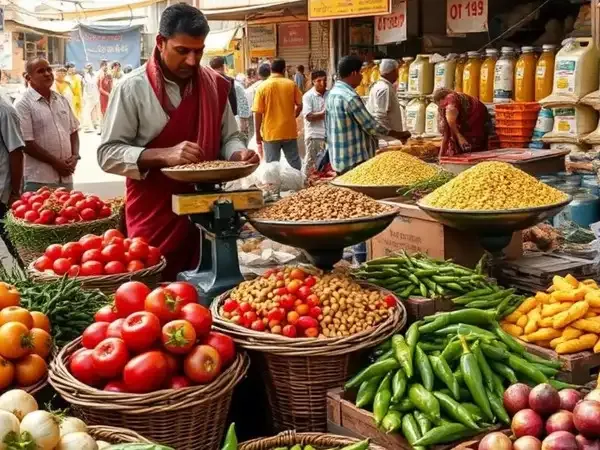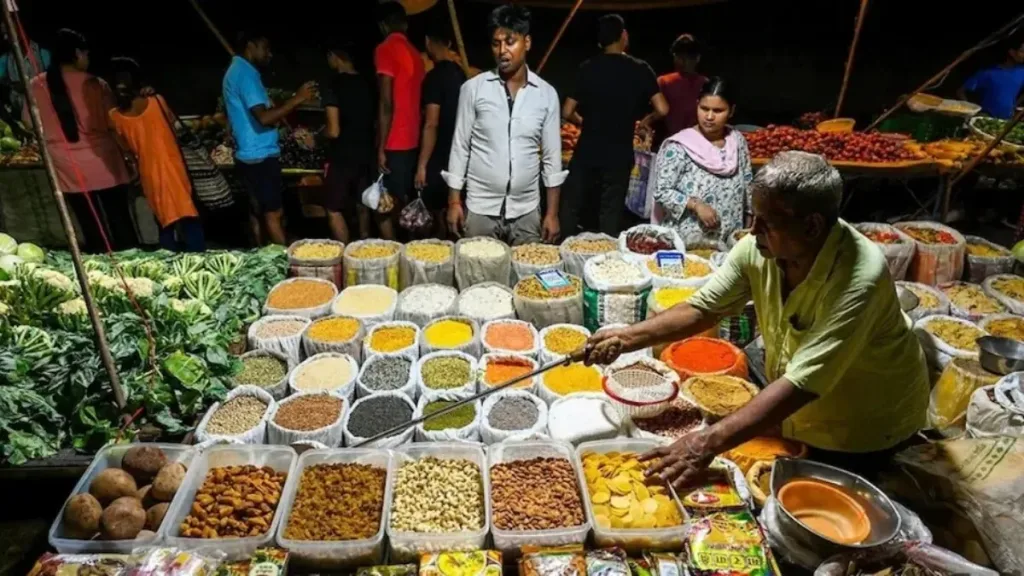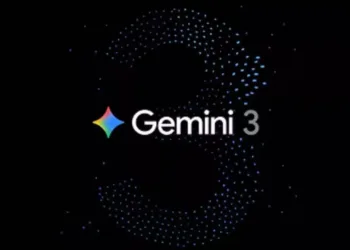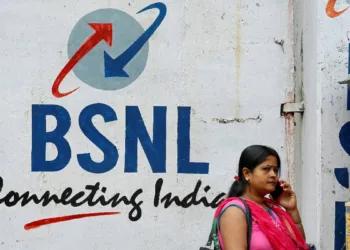India’s retail inflation dropped to a remarkable 2.1% in June 2025, marking the lowest level in over six years. This significant decline offers much-needed relief to consumers who have been grappling with rising prices across essential commodities.
Major Economic Milestone for India
India’s retail inflation has plummeted to a six-year low of 2.1% in June, marking a significant economic milestone. The Consumer Price Index (CPI) data released shows a substantial improvement from 2.82 percent in May, indicating effective monetary policy measures and improved supply chain dynamics.
Table of Contents
Inflation Data Breakdown
| Parameter | June 2025 | May 2025 | Previous Year |
|---|---|---|---|
| Retail Inflation (CPI) | 2.1% | 2.82% | 4.8% (June 2024) |
| RBI Target Range | 2-6% | 2-6% | 2-6% |
| Status vs Target | Below 4% medium-term target | Below 4% medium-term target | Above target |
| Economic Impact | Positive consumer sentiment | Gradual improvement | Pressure on households |
What’s Driving This Inflation Drop?
The dramatic decline in retail inflation stems from multiple factors working in India’s favor. Inflation for June remained below the RBI’s medium-term target of 4%, continuing the recent trend of subdued price pressures.

Key Contributing Factors:
- Improved agricultural output reducing food prices
- Stable global commodity prices
- Effective monetary policy implementation
- Enhanced supply chain efficiency
- Favorable monsoon conditions
For detailed analysis of economic policies impacting inflation, visit our economic policy section.
RBI’s Monetary Policy Success
The Reserve Bank of India’s strategic approach has yielded positive results. RBI has announced its latest Monetary Policy today, that is 6th of June 2025, following the 55th meeting of its Monetary Policy Committee over 4th-6th June 2025, demonstrating proactive economic management.
The central bank’s balanced approach between controlling inflation and supporting economic growth has proven effective. This achievement positions India favorably among emerging economies dealing with global inflationary pressures.
Consumer Impact and Market Response
This inflation dip translates to real benefits for Indian consumers:
- Reduced grocery bills with food inflation moderating significantly
- Lower transportation costs due to stable fuel prices
- Improved purchasing power for middle-class households
- Enhanced business sentiment across sectors
Financial markets have responded positively to this news, with investor confidence strengthening in India’s economic fundamentals.

Global Context and Comparisons
While many countries worldwide struggle with persistent inflation, India’s achievement stands out remarkably. The country’s inflation rate now ranks among the lowest globally, providing a competitive advantage for economic growth.
For comprehensive coverage of global economic trends and their impact on India, check our international economics section.
Future Economic Outlook
Economists predict this trend could continue if current policies remain effective. The combination of prudent monetary policy, improved agricultural productivity, and stable global conditions creates a favorable environment for sustained low inflation.
However, challenges remain, including potential global economic volatility and monsoon dependency for agricultural output.
Stay updated with the latest economic developments and their impact on your finances through our economic news section. This positive inflation trend offers hope for continued economic stability and growth.
Sources: NDTV Business, Business Standard, Reserve Bank of India
Frequently Asked Questions
Q: What does India’s retail inflation dropping to 2.1% mean for common consumers?
A: The 2.1% inflation rate means prices are rising much slower than before, giving consumers more purchasing power. This translates to lower costs for essential items like food, fuel, and household goods. Families can now afford more with the same income, and the cost of living pressure has significantly reduced compared to previous years when inflation was above 4%.
Q: How does this 2.1% inflation rate compare to RBI’s target and previous years?
A: This 2.1% rate is well below the RBI’s medium-term target of 4% and significantly lower than the upper tolerance limit of 6%. Compared to June 2024 when inflation was around 4.8%, this represents a substantial improvement. It’s the lowest inflation rate India has seen in over six years, indicating successful economic policy implementation.








